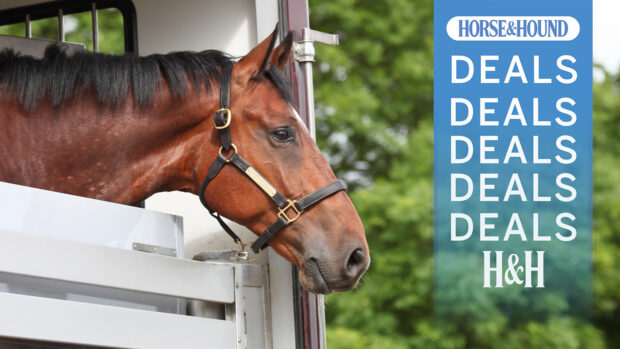Q: I have offered my six-month-old filly on a permanent loan basis to a close friend. The problem is, my friend lives 250 miles away from me and I’m very concerned about the effects such a long journey are likely to have on my young horse.
We have already started getting her used to bandages and the trailer itself, but could you offer us anytips for the journey? My filly is quite laid back in most ways.
Islay Auty replies: I expect some people may have suggested she is tied up and others have recommended that she is left loose and, indeed, there are arguments for and against both options.
You are planning quite a long journey and, depending on whether you are driving mostly on motorways and good roads or on minor roads, it is likely to take you more than five hours.
The preparations you are making in terms of getting the filly used to bandages and going into the trailer for short periods are useful. The fact that you say she is very laid-back will also help. If the foal is used to being tied up and, is happy standing quietly, then I would advise travelling her this way.
If you decide to travel her loose, particularly if it’s in a trailer, don’t use a partition as she might get caught under it. Also, make sure you keep the top doors closed.
Even with these precautions the youngster will be vulnerable to the movement of the vehicle, although I am sure you will drive carefully.
It would be sensible to take her for a few short journeys before making your long trip. This will help get her used to travelling and give you some idea of how she copes.
Signs to watch out for are excessive sweating (which shows anxiety) or if you feel a great deal of movement from her in the trailer. She may also be reluctant to load if she has not enjoyed her previous trip. Remember that it is against the law for people to travel with the horse in the trailer, so this will not be an option for you.
On the day of the journey allow yourselves plenty of time in daylight and try to travel when you are not likely to be held up in traffic. Allow yourselves at least one stop during the journey.
When you stop, check that your filly is OK and offer her a drink of water (don’t worry if she doesn’t want it). Don’t be tempted to unload her during the break.I would advise giving her some hay to help keep her occupied on the trip and this could be checked and replenished when you stop.
The break in the journey will also give your filly a rest from having to brace against the movement of the vehicle.
Don’t worry if she does sweat a little bit on route, although do make sure that when you arrive you allow her access to as much water as she wants so she can restore the fluid she may have lost through sweating on the journey.



